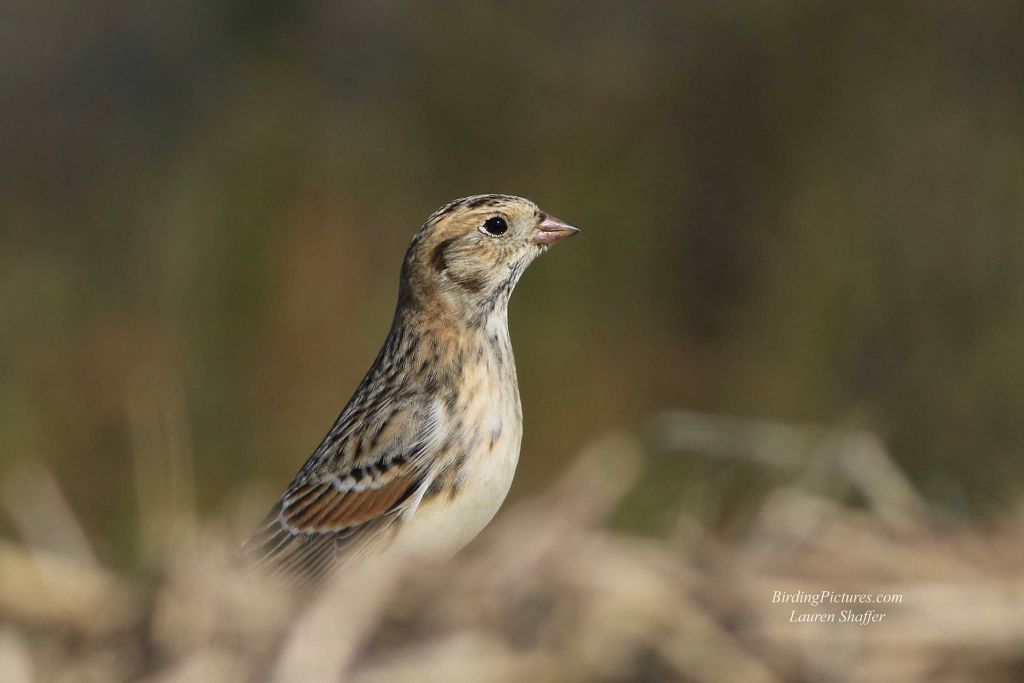
9 March 2021
If you saw lapland longspurs (Calcarius lapponicus) in the fields this winter you know how hard they are to notice, even when abundant. Unlike horned larks that are visible when they walk, longspurs barely move while foraging for seeds in low brown vegetation. They match the ground.
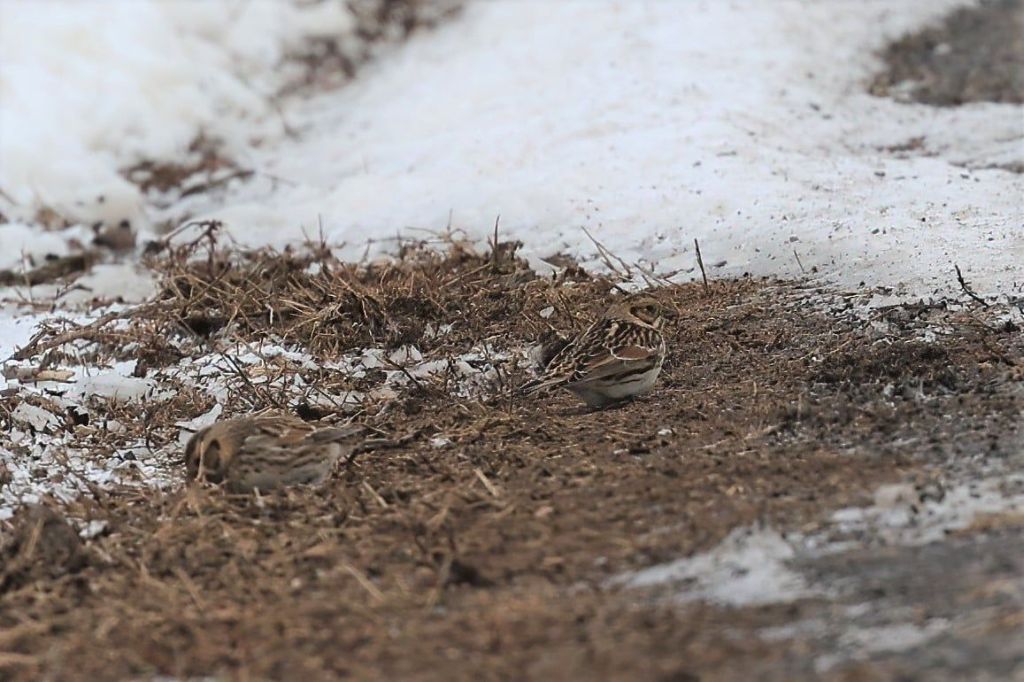
To achieve this camouflage, they molt in July and August while on their breeding grounds, then head south to spend the winter in fields across the northern U.S. and as far south as Texas.
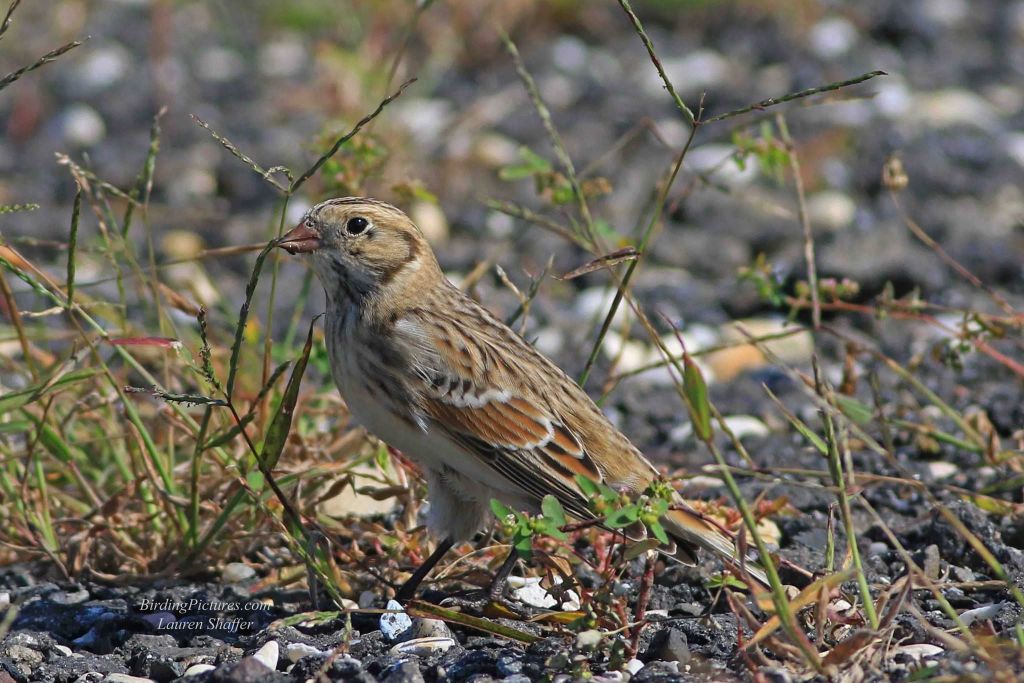
During the winter, their feathers get older but instead of looking tattered they show more color. Here’s one in mid-January.
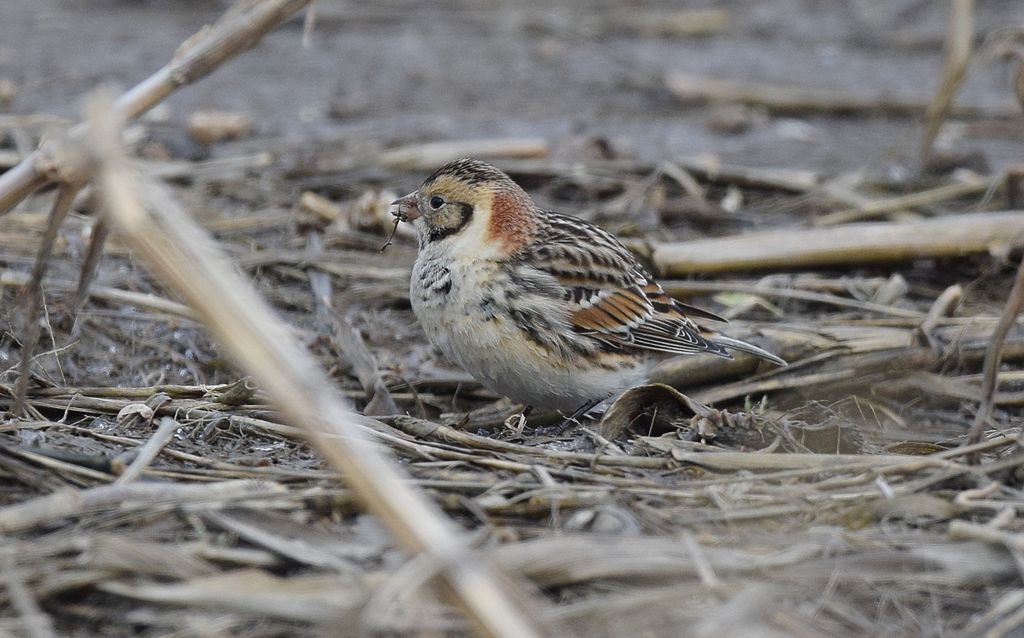
By the time they reach their arctic breeding grounds in late May the males are especially gorgeous.
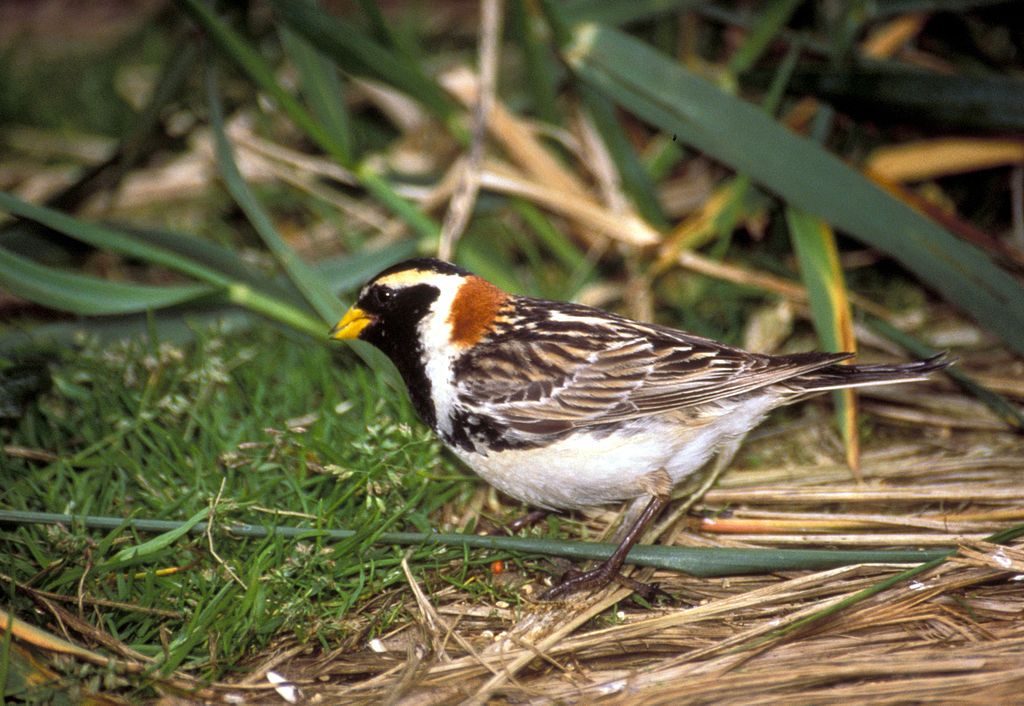
They don’t molt to become this beautiful. Instead the tips of lapland longspurs’ feathers wear off to reveal gorgeous colors just below.
It would be nice if we humans got prettier as we wore out. Instead we just look ragged.
(photos by Lauri Shaffer and from Wikimedia Commons)